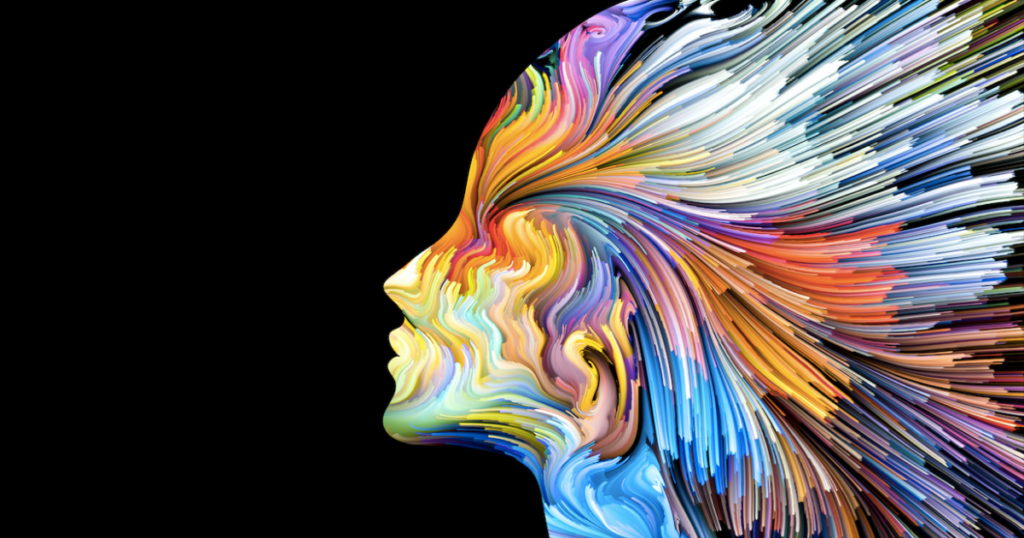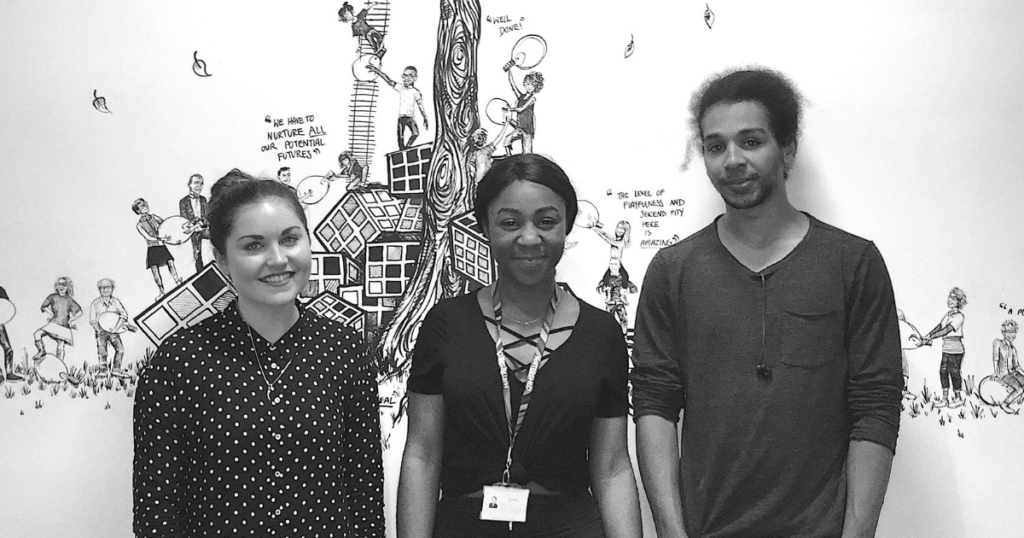Mind mapping is a method of capturing information whilst creative thinking skills are heightened. It is often used as a technique for achieving a logical break through for any given challenge.
If you don’t understand something, you can translate it into manageable chunks with a mind map. If you need to learn and remember some key information, mind mapping is great for memory recall. If you need to think outside the box, a mind map allows you to think laterally and solve problems creatively.
Whether you are planning a new project, exploring your thoughts visually or developing an existing idea, the combination of creativity and logic makes a mind map an extremely powerful tool.
How to mind map: Set up
Before you start mind mapping, make sure you have your equipment ready. Usually, mind maps are produced on a landscape piece of paper, a whiteboard or a computer screen.
Paper and pen
Use a ruler with pencils and rubbers or colorful pens to design your mind map. Add printed images or photos to your mind map. Use some scissors and glue to cut and stick them on to your page. Consider mounting the mind map on cardboard, placing it in a frame or laminating it if you want to keep referring to it over a long period.
Whiteboard and marker
Use a whiteboard mounted on a wall for group mind mapping. Include colorful non-permanent markers to design the mind map and write up your ideas. You can use printed images and photos here too, simply blue-tack them to the board. Keep a cloth or whiteboard cleaner handy in case you make a mistake.
Computer screen
All you need is your laptop or computer and an Internet connection to sign up for a free mind mapping software. To start using Mind Map Pro, visit https://www.mindmappro.com and enter your email and password. Use the online options to change colors, upload images and add to your mind map.
How to mind map: Choose a topic
Once you have chosen your method of mind mapping, it’s a good idea to think about the subject you want to mind map about.
Choose something that you find interesting and will be a good source of lots of ideas. This way, you will have many thoughts to transform into a mind map and you’ll find it easier to learn how to mind map. After you’ve learnt how to mind map, you can start working on more challenging concepts.
So, you’ve prepared your equipment and have a topic in mind, but the question remains: How do you actually mind map?
How to mind map: The steps
1. You start with one main idea
This is the focus of your mind map, and traditionally this is positioned in the centre of your page, board or screen. For example, a mind map might be on a historical figure like Henry VIII.

2. Add a new idea
Draw a line outwards from your central idea or use your software to add a new idea. This will be the first new thought that comes to your mind that connects to your central idea.
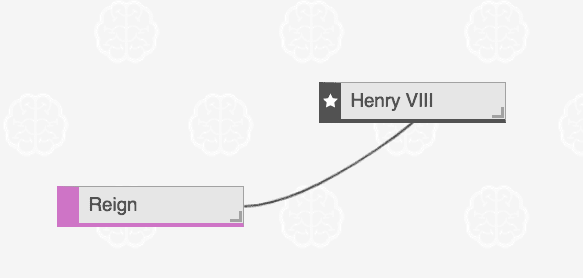
3. Add more ideas to your central idea
Continue to add ideas that connect with your central idea. For example, if you are mind mapping about Henry VIII, you might add new ideas like ‘reign’, ‘wives’, ‘banquets’ and ‘succession’.
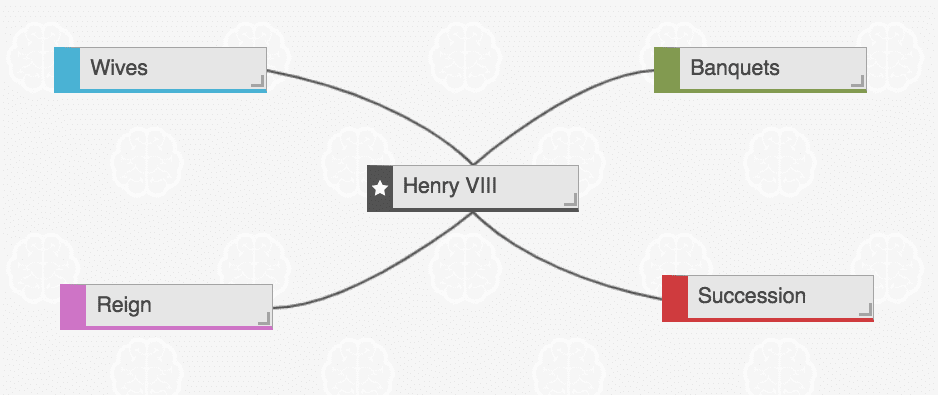
4. Start new branches from existing ideas
Now that you have a range of independent ideas growing outwards from your central theme, you can think more specifically about these ideas. For example, you might want to think more about Henry VIII’s wives. You’ll draw a new lines outwards from ‘wives’ and add the names of his six wives.
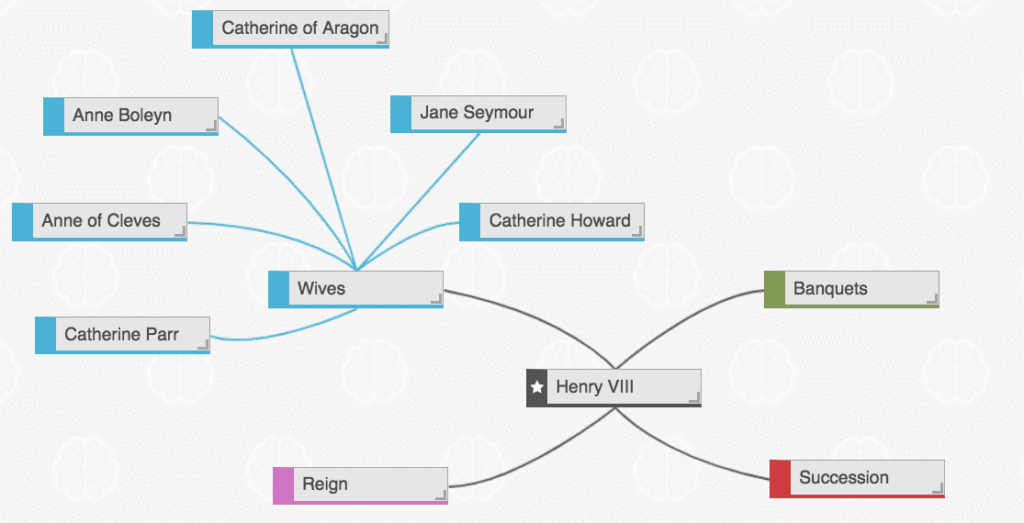
5. Keep growing your branches outwards
You can go further and add a new idea that connects to each of the wives, explaining how their marriages to Henry VIII ended. If they had any children together, or if any of the women have interesting facts about them, you could add these here too.
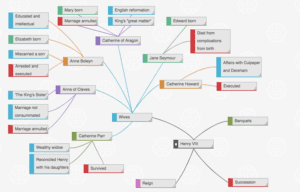
6. Continue to make new associations and connections
Use your mind map to keep building on from each of your ideas until you have a full and interesting piece of work.
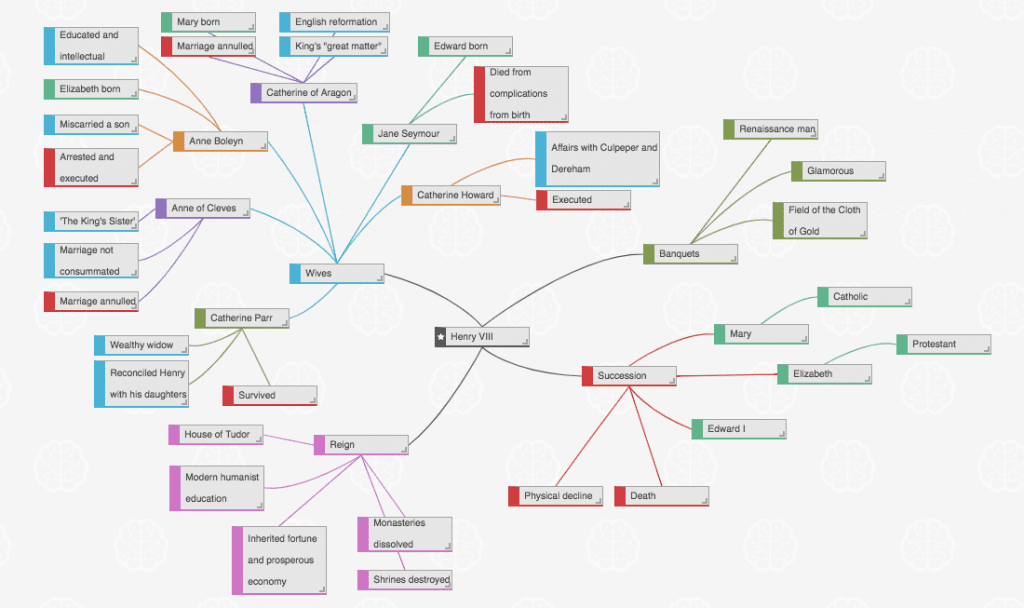
7. Add color and images
You can be creative during the entire process or add in color and images towards the end of your mind mapping session, there are no rules because the mind map is unique to you. Design it in a way that makes the information memorable and vibrant.
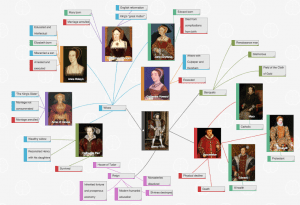
View the example mind map on Henry VIII here.
How to mind map: The structure
You may have mind mapped in a free and natural way, but all your branches are connected together in a structure. In computer science, we call this a nodal structure. A node is a basic unit, such as a data point within a larger network, so each idea in your mind map is a node in a network of data.
After you have finished working on your mind map, reviewing the way that you added ideas into your structure can be an interesting process, often revealing more than you had consciously intended.
For example, many mind maps include the most prominent and important ideas in the first layer radiating around the central idea. As you move further outwards from the centre, ideas may become quite niche. These could be very specific points or ideas with less importance.
Displaying ideas with less importance as smaller or further away from the central idea is a common visual technique for highlighting a hierarchy within the information in your mind map.
If you are using a computer software to mind map, you will be able to use different viewing options to explore the structure of your mind map in new ways. For example, Mind Map Pro has map view, tree view or 3D view.
Learn more about the different options for viewing your mind map.
How to mind map: Add depth
We’ve already touched on using color and images, but it’s such an important tip for creating a vibrant mind map that we wanted to highlight it again here.
Don’t just stop with words, keep working on your mind map to strengthen it with color or different shapes and sizes. Add images, statistics and diagrams. If you use Mind Map Pro as a mind mapping software, you can even store files, add data tables and generate 3D charts.
When mind maps include words, images, logic, color, spatial and depth awareness, data and charts, the unique process of mind mapping utilises many different skills and provides a work out for your brain.
You want your mind map to be:
- Full of energy
- Developing new connections
- Naturally creative
- An informative resource
- Efficient management of your time
- A focused piece of work
- Memorable
Mind mapping is a powerful way to explore and develop your thoughts. It replicates free-thinking and allows you to grow your ideas naturally.
Creating a mind map can help you achieve clearer thinking, improve the learning process and enhance your performance. The visual method is both stimulating and challenging.
Learn more about how mind mapping can improve business processes for teams.

